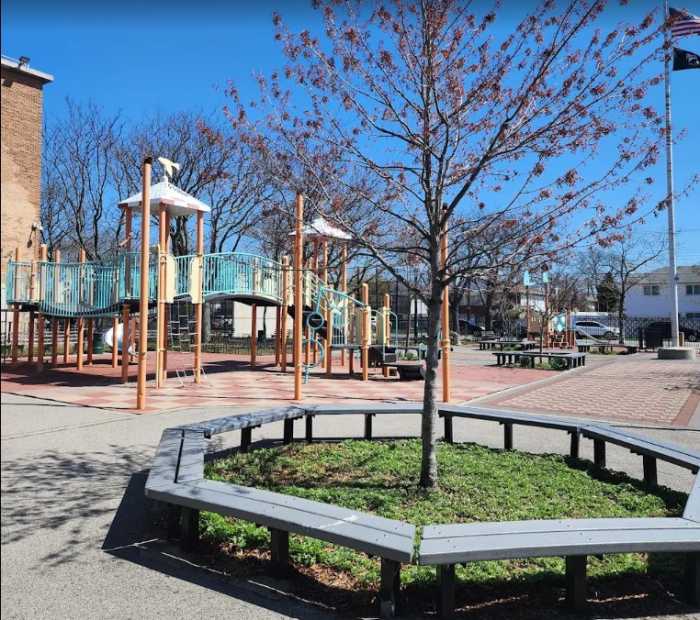By Mark Hallum
The long-shot Brooklyn-Queens Connector proposal is taking one step forward with Mayor Bill de Blasio announcing the environmental review process has been greenlighted.
The light rail project has been contested for a variety of reasons ranging from the price tag, which has grown from $2.5 billion to $2.7 billion, the impact it will have on neighborhoods and parking along the Brooklyn-Queens waterfront, to the distant completion date of 2029.
De Blasio attempted to pacify some of these concerns on the “Brian Lehrer Show” Friday when he explained that things have changed since some of the most historic projects in the city’s lifespan were achieved.
“We all look back with fondness to the fact the Empire State Building was built in a year and a half, right back in the ‘30s. But let’s be real about the modern age,” de Blasio said. “There are immense hurdles to any major project. There’s a whole land-use review process. There’s a lot of community involvement. Some of the stuff is very good. There’s a lot of checks and balances, environmental reviews, legal issues that we used to never deal with, all sorts of things that make this stuff more complex, also an infrastructure which has been built upon, built upon, built upon and that creates challenges.”
Originally marketed as a new transit option to serve the growing tech industry in Long Island City and Downtown Brooklyn, city officials expect the BQX to serve up to 50,000 mixed-income residents along the corridor daily.
The proposed route will take riders from Astoria to Red Hook, according to the mayor’s office.
“As the Brooklyn-Queens waterfront continues to grow, adding new residents and jobs each year, the city must pursue multiple transportation solutions,” city Department of Transportation Commissioner Polly Trottenberg said. “The BQX has the potential to be an integral part of our city’s expanding transportation system. It will complement and connect to our subway and bus system, the NYC ferry, and bike share while transforming city streets.”
The de Blasio administration had originally proposed funding the project through property taxes revenue expected to increase along the trajectory of the street car, but now $1 billion will need to come from the federal government, according to City Hall.
“BQX taps into state-of-the-art transit tech to respond to and build upon the evolution of the Brooklyn Queens Waterfront,” said Deputy Mayor for Housing and Economic Development Alicia Glen. “With more than half a million people now living and working along the projected line and further growth to come, BQX will transform how our city moves.
The environmental review will begin in the winter and ULURP applications will be filed by 2020, according to the administration. Construction will begin in 2024.
The de Blasio administration said the project would seek input from community boards, but if residents have learned anything from the mayor’s bike lane initiatives across the city, the advisory boards may not have much of a say in the project.
The city DOT has proceeded with protected bike lane installments in Queens on various occasions over the past year and a half, including a stretch of Northern Boulevard between Bayside and Douglaston, as well as the bike lanes in along 43rd and Skillman Avenues.
Queens Community Boards 2 and 11 both voted down the proposals, which were forced through by de Blasio on both occasions.
Reach reporter Mark Hallum by e-mail at mhall





































